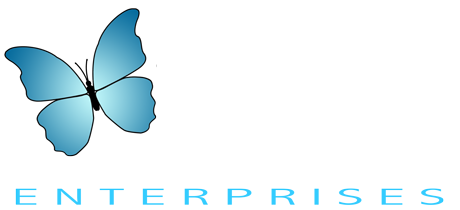I love Braille. There, I admitted it.
I haven’t always felt that way. There was a time when I couldn’t even utter the word “blind” or “Braille.” It was just too painful.
For some reason, no one felt it necessary for me to learn Braille when I was blinded as a child. I was an adult when I realized that I was illiterate. I had been an avid reader as a child. Imagine that? Going from avid reader to illiterate adult. Hmmm. I knew that I couldn’t allow myself to remain this way.
I was 37 years old when I finally went and “learned” Braille.
Braille is a tactile method of communicating information using a cell of six dots. It is most commonly used by members of the blind community. It can be learned and used by anyone who is interested though.
Knowing Braille and being able to read Braille are two different animals though. I can create Braille docs all day long using a slate and stylist, or my brailler or on my iPhone using Braille screen input but I can’t read it with my fingertips.
To be perfectly honest with my readers and myself as well, I know in my heart that if I were to commit to practicing reading Braille for just ten minutes every day, I would know it better but it’s just too hard for me to do on my own. This situation greatly frustrates me.
Man, when I was first learning Braille, I would lay awake at night and visualize the various braille contractions in my head. I would rewrite conversations I’d had in school that day in Braille in my mind. It was ridiculous. Like I said; my brain was thriving on it.
Back to Braille and how it’s constructed
 The Braille cell is constructed of six dots; appearing in two vertical rows with the top left being number one and the top right dot being number four. This is how it appears when you look at it with your fingertip.
The Braille cell is constructed of six dots; appearing in two vertical rows with the top left being number one and the top right dot being number four. This is how it appears when you look at it with your fingertip.
There is uncontracted and contracted Braille; also known as grade one and grade two Braille.
Grade one Braille is made up of the 26 characters of the alphabet, as well as numbers and punctuation marks.
Contracted Braille consists of single cell and double cell configurations that enable the Braille user to shorten the space required when writing in Braille. It’s similar to short hand for the sighted.
There was a time when hard copy Braille was all you could get. Today, there are Braille embossers, refreshable Braille displays, and all kinds of other cool electronic devices that incorporate Braille into their use. It’s really amazing.
At this point I use Braille in my life daily. It is my first go-to for a method of entering information on my iPhone, the device I have with me at all times.
I enjoy discussing Braille with strangers when they observe me using BRL screen input and they ask about it. I’m a serious advocate for children being taught Braille in public schools. I’m so frustrated that I was denied that opportunity. It would have surely changed the course of my life had I known it when I finished high school; I could have gone onto college. Oh; what might have been!
This is why one of my missions before I leave this earth is to make sure Braille will be available to every single blind child in America; no matter how small their school district is. The ability to read and communicate is just too important for anyone to miss out on.

